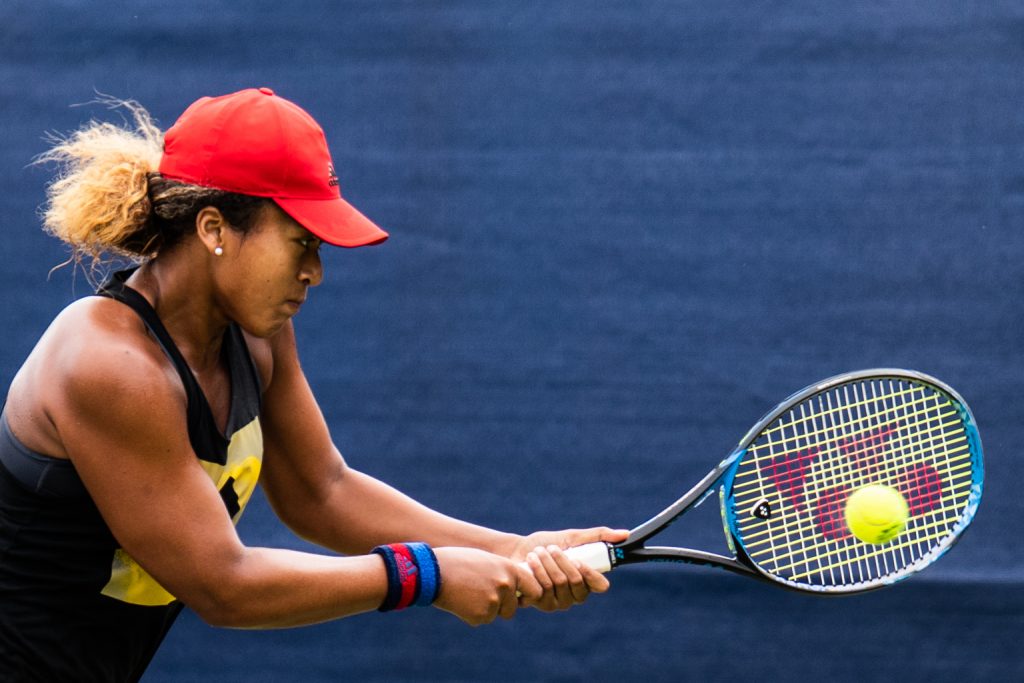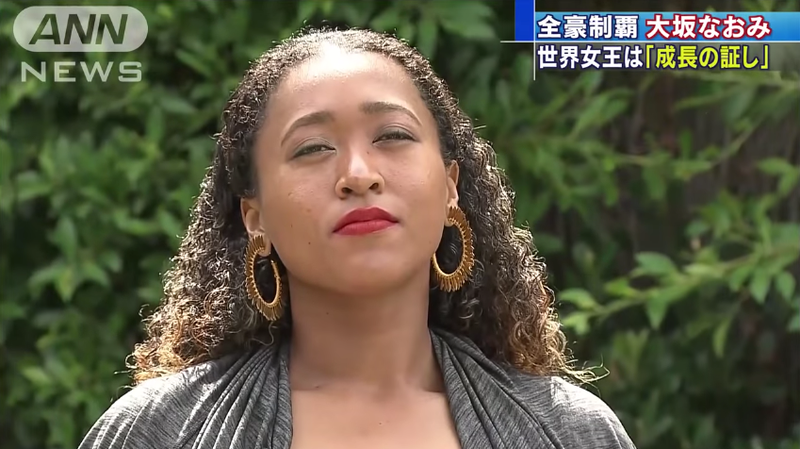Hachimura, Japan’s mixed-race basketball star who once ‘hid from the world’Posted in Articles, Asian Diaspora, Biography, Media Archive on 2019-09-01 01:18Z by Steven |
Hachimura, Japan’s mixed-race basketball star who once ‘hid from the world’
Japan Today
2019-08-26
 Japan’s Rui Hachimura is set to star at the basketball World Cup. Photo: AFP |
TOKYO — Rui Hachimura says he gets his height from his Beninese father and his work ethic from his Japanese mother — a combination that has propelled him to basketball stardom.
The 21-year-old made history in June when he became the first Japanese to be selected in the first round of the NBA draft, picked up by the Washington Wizards.
And like tennis superstar Naomi Osaka, Hachimura’s fast-growing fame is raising the profile of biracial sportspeople in a homogeneous country where mixed-race children still face prejudice.
Hachimura, who is 203 cms tall, will lead Japan’s challenge at the basketball World Cup in China, which begins on Saturday. He is also poised to be a poster boy the hosts at the Tokyo 2020 Olympics. Big pressure for one so young.
As a child Hachimura stood out in Japan — and not just because of his height. “I inherited my body from my father and my diligence from my mother,” he said in a recent interview with the Mainichi Shimbun daily.
He now feels a sense of pride at being biracial but admits to feeling self-conscious about it when he was a child…
Read the entire article here.






